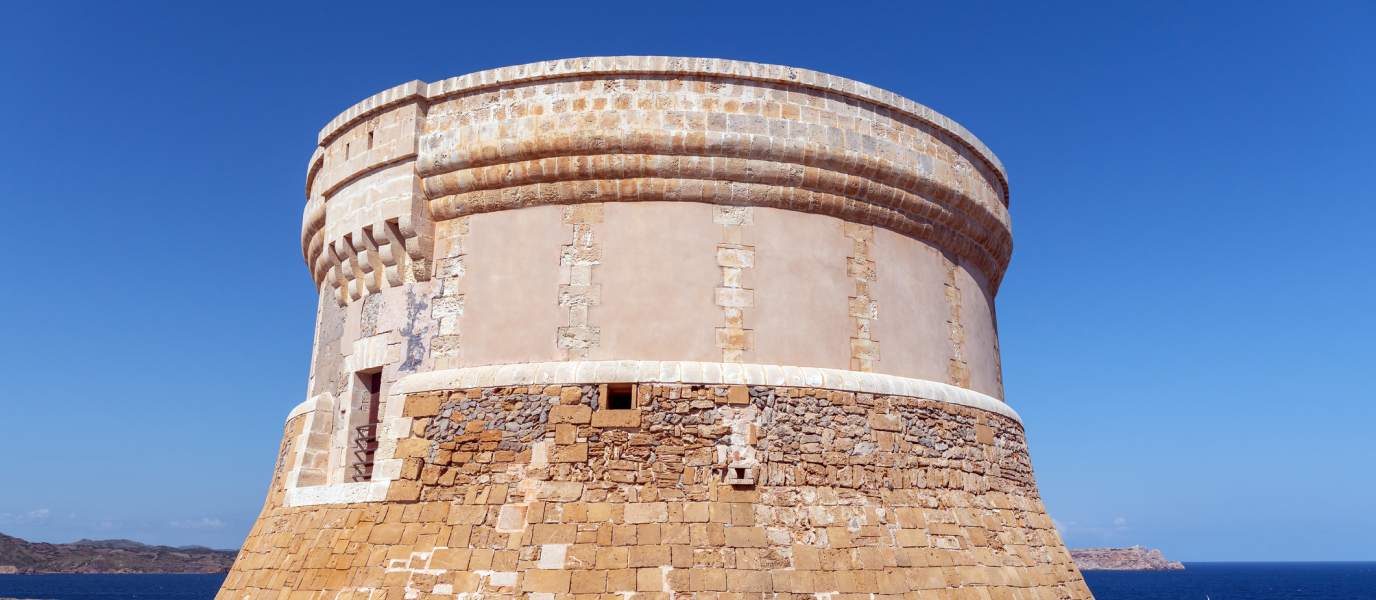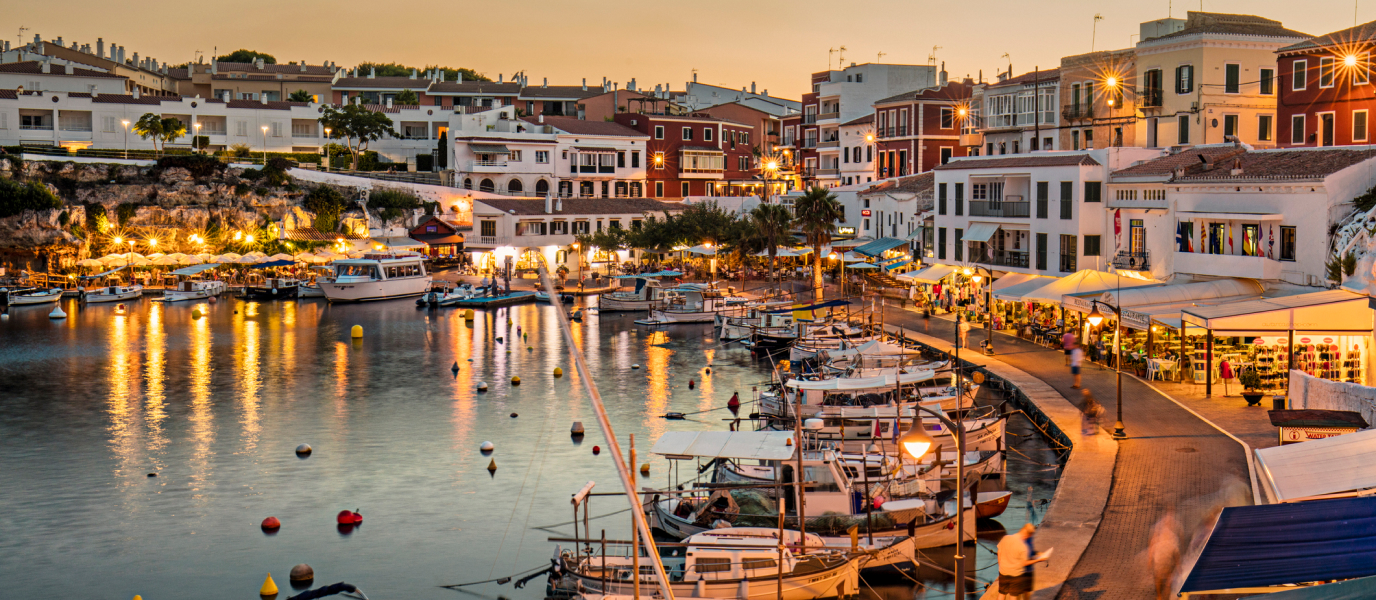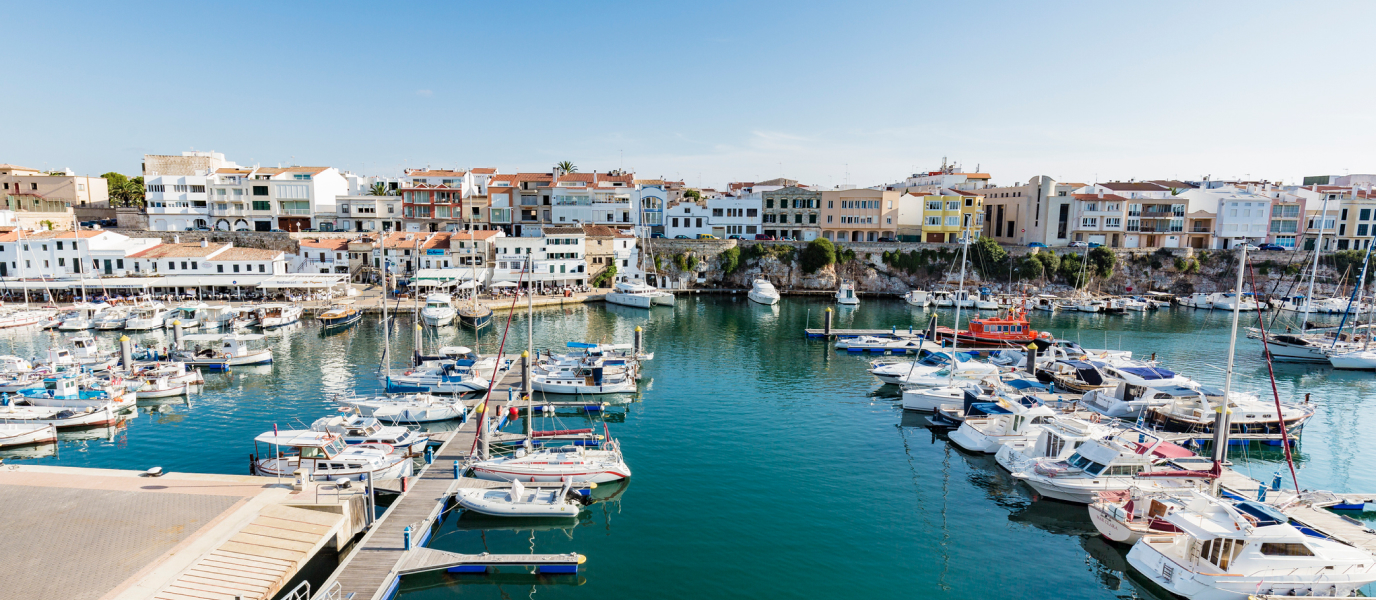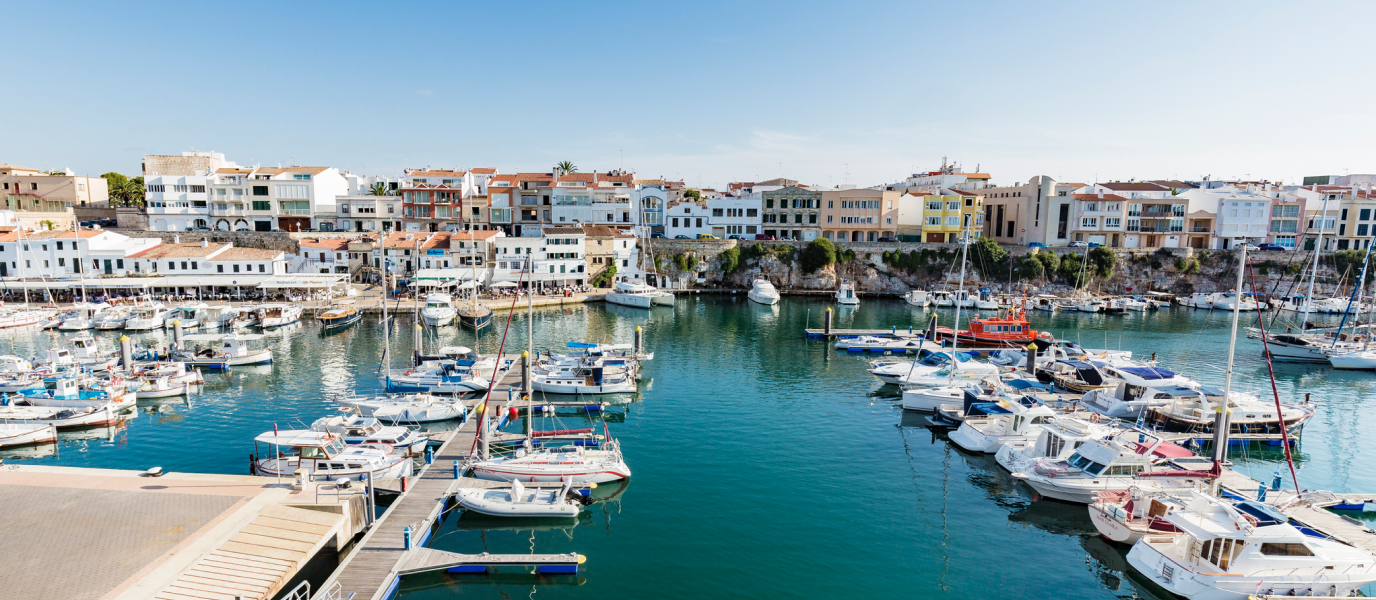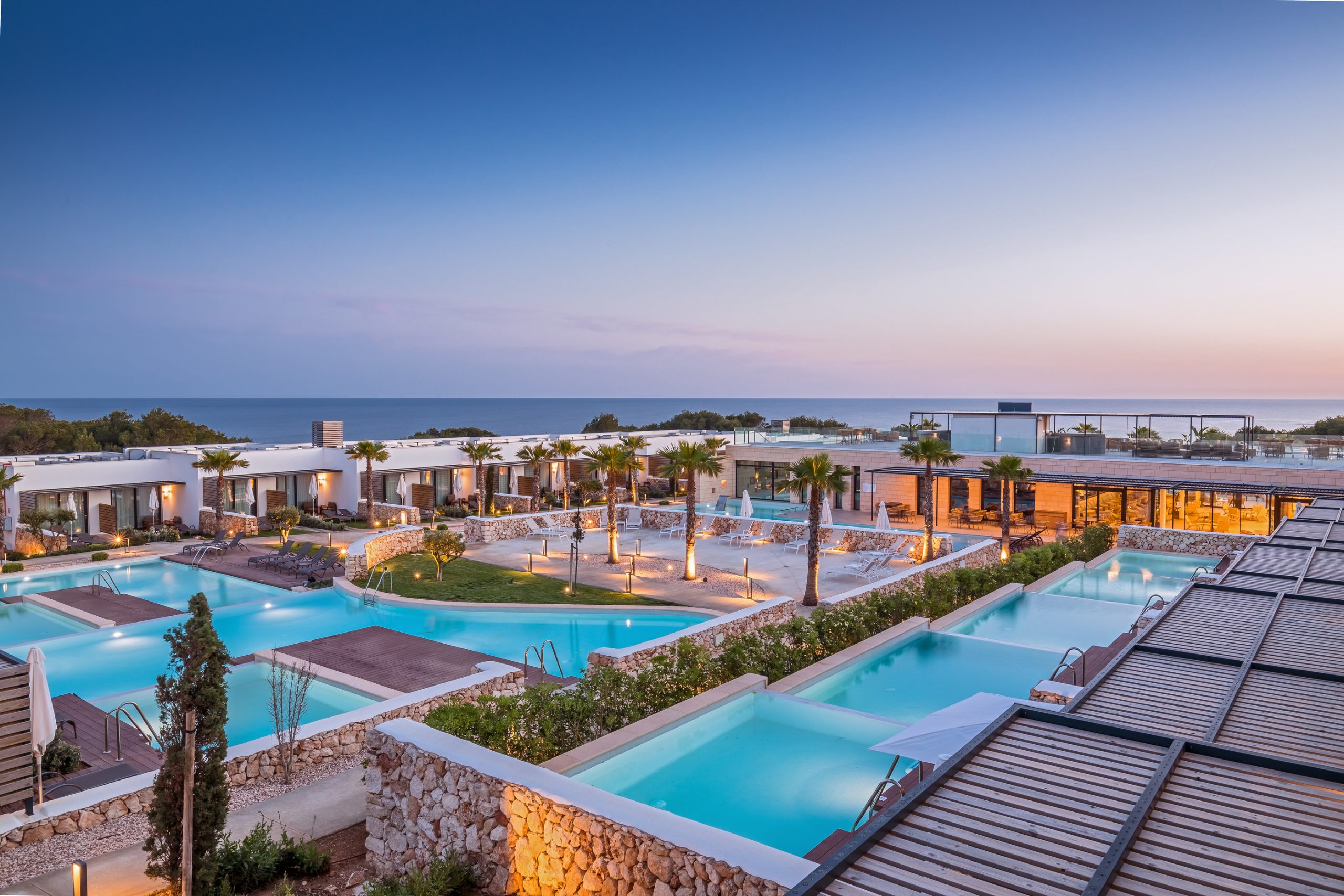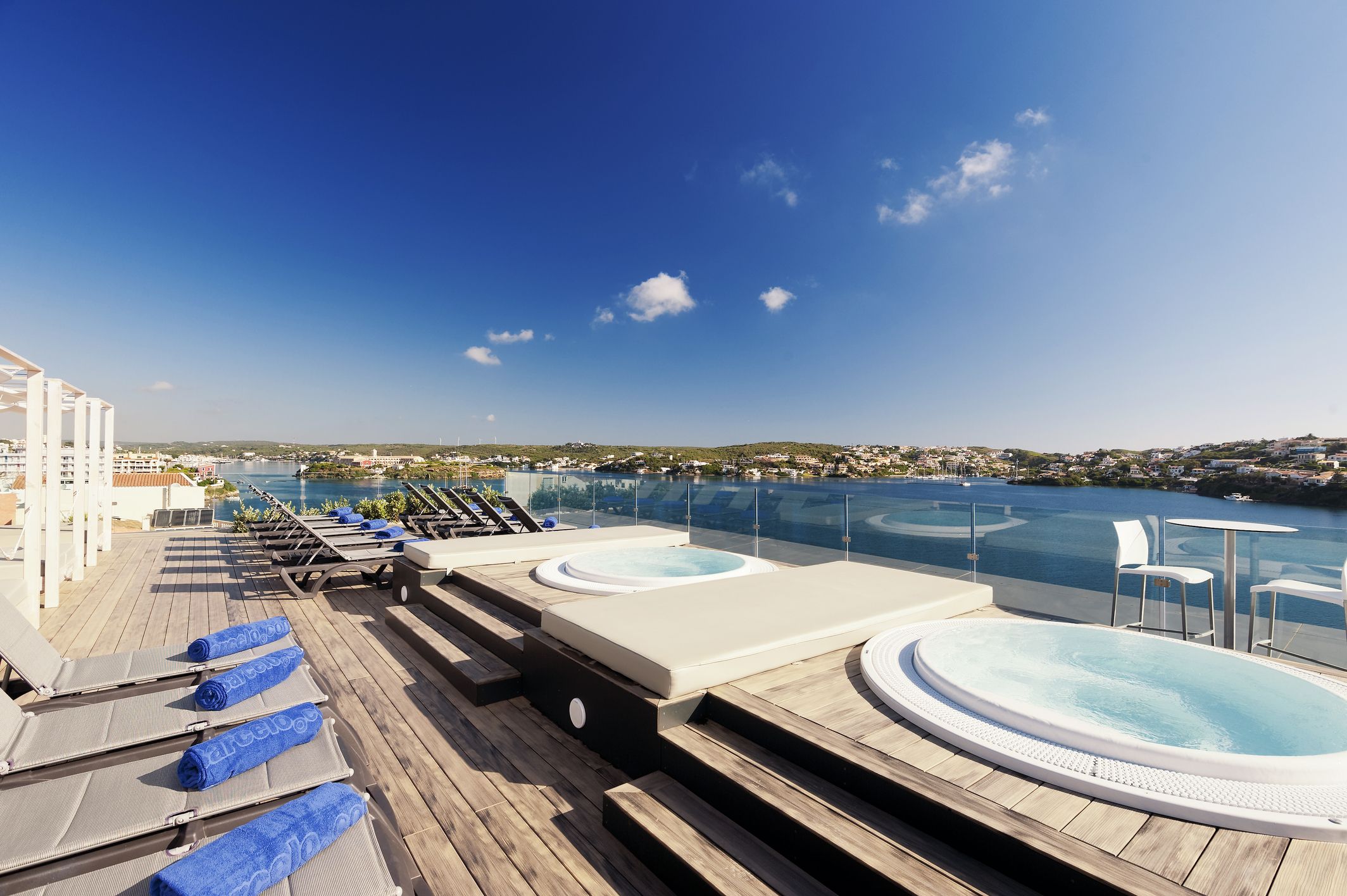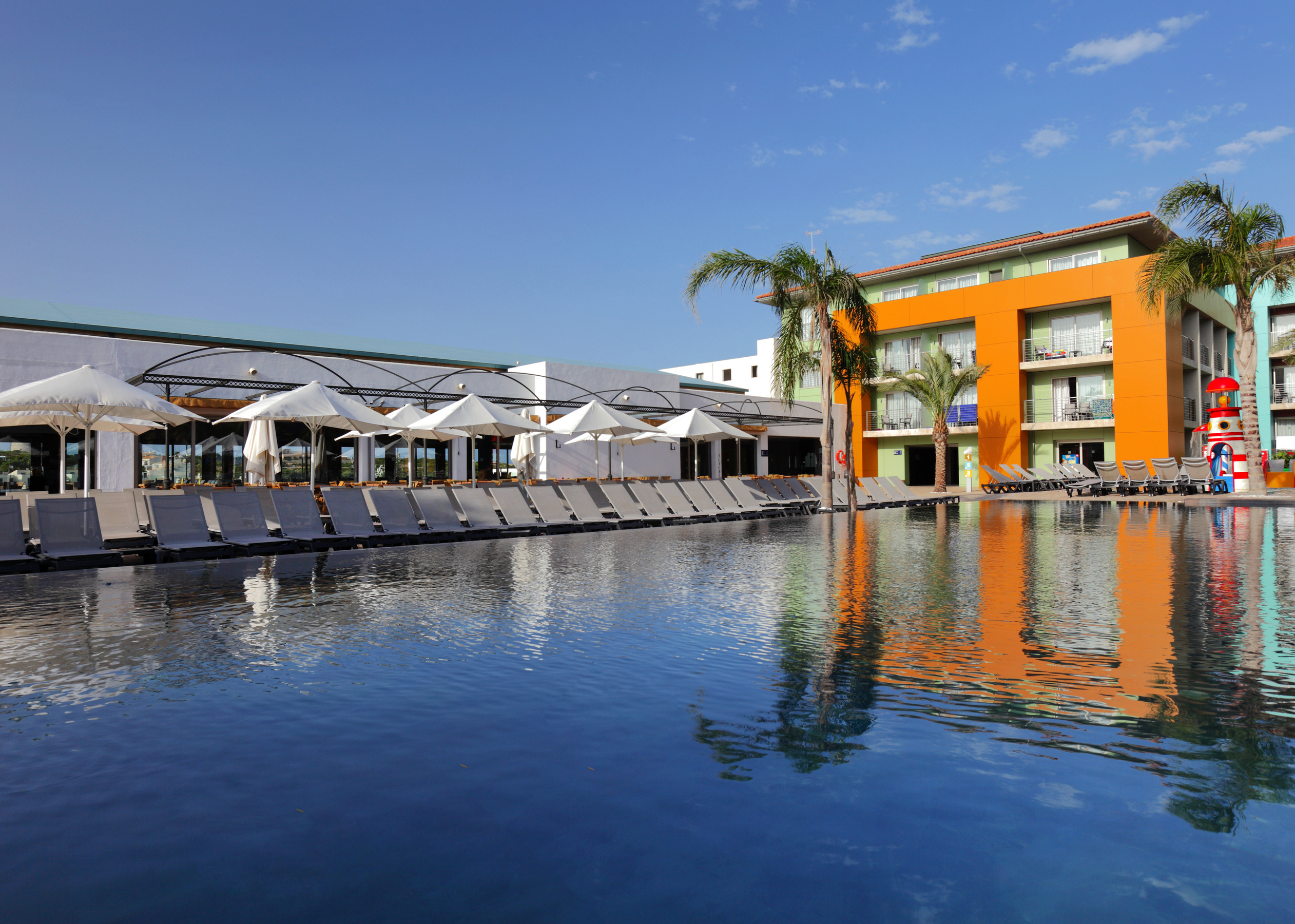Its construction was one of the last acts by the English before they left Minorca. In 1801 they built, on the headland of Fornells in the north of the island, one of the largest and best preserved defensive towers in Minorca. In 1802, the Treaty of Amiens returned sovereignty of the island to the Spanish monarchy after 71 years of British domination. The tower however (along with many other vestiges of English rule) remained, dominating the entrance to the natural harbour of Fornells—the third largest on the island. Its original purpose was to defend the bay and the nearby castle Castell of San Antoni from attacks by pirates and foreign powers. After decades of neglect during the twentieth century, the tower was restored, and in 2000 opened its doors to the public. The tower has an interesting museum about its history, and the upper terrace affords spectacular views of the bay of Fornells and the nearby Cap de Cavalleria, with the magical Cavalleria lighthouse standing sentry at the northernmost end of the island.
This was Minorca’s defence system during the seventeenth and eighteenth centuries
The Torre de Fornells is one of the largest of the network of watchtowers that once protected the coast of Minorca, which was so vulnerable to attacks by Berbers and the great European powers, particularly between the sixteenth and nineteenth centuries. This fascinating system ensured that from the upper terrace of each watchtower, two other towers could be seen, so that light signals could be relayed if enemy ships were sighted.
The defensive towers are cylindrical in shape, and built from stone and mortar. The one at Fornells, however, differs from the others in that its base is reinforced with a sloping sandstone plinth, while the upper part is fortified with a parapet, making it all the more able to withstand an attack. Although nowadays the entrance is on the ground floor, we can see the original door on the level of the first floor; this could only be accessed by means of a wooden ladder that could be pulled up when danger threatened.
Inside the Torre de Fornells
The modern-day entrance leads directly onto the ground floor, which was used to store provisions, arms and munitions. Below ground, a cistern had been installed—which was essential given that the tower was inhabited by a whole garrison of men. The soldiers lived on the first floor, which leads off the tower’s original door. A system of pulleys allowed ammunition to be brought up from the ground floor as it was needed.
A spiral staircase leads up to the terrace, where there would be at least one cannon ready to defend the coast. Protected by the parapet—which contained machicolations, or small openings through which projectiles could be launched at anyone attacking the tower on foot—the gunners heated the cannon balls in a small furnace, so that when they were then fired, they were red hot, and easily set the enemy boats on fire.
Visiting Fornells and the remains of the Castell de Sant Antoni
You might like to finish off your visit to the Torre de Fornells with a stroll through Fornells itself, which is about a ten-minute walk away. Projecting out into the bay of the same name, Fornells’ historic quarter originated in the seventeenth century as a settlement huddled around the Castell de Sant Antoni, built in the harbour before the fear of frequent pirate attacks was unleashed on the island. In 1535, Mahón had been sacked by the Turkish corsair Barbarossa, while in 1558 the then capital, Ciutadella, was the scene of slaughter by troops led by the Ottoman Admiral Piali.
All that remains of the castle today are fragments of its structure and a few underground tunnels. We know, however, that it was once a square-shaped fortress that housed the government officers, a store, the garrison’s living quarters, a water cistern and a chapel, all built around a small parade ground. When the Spanish troops succeeded in retaking the island from the English in 1782, King Charles III ordered the castle to be demolished, just as he did with the old fort of San Felipe in Mahón. Why? Because he hoped that if there were no fortresses to be captured, the island would lose its strategic interest for England.
Lovers of pre-history may also enjoy a tour of the monuments belonging to what is termed Minorca’s Talayotic Age.






























































